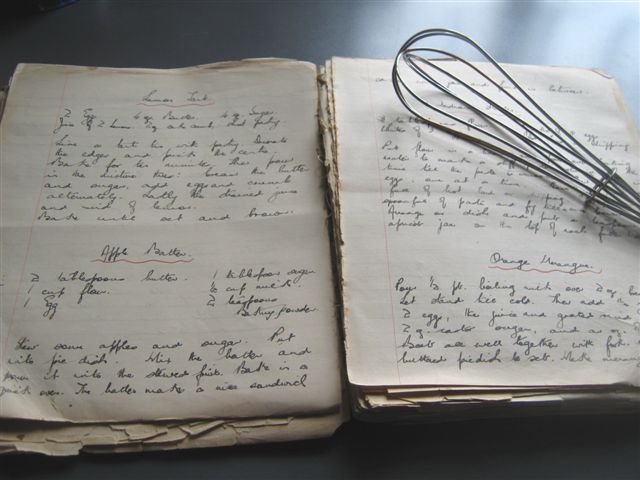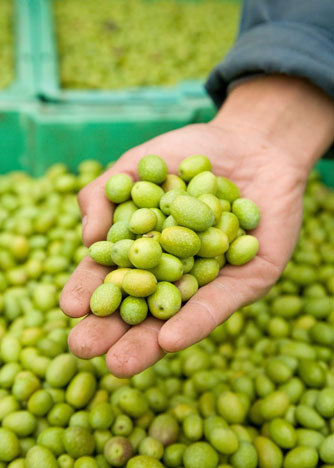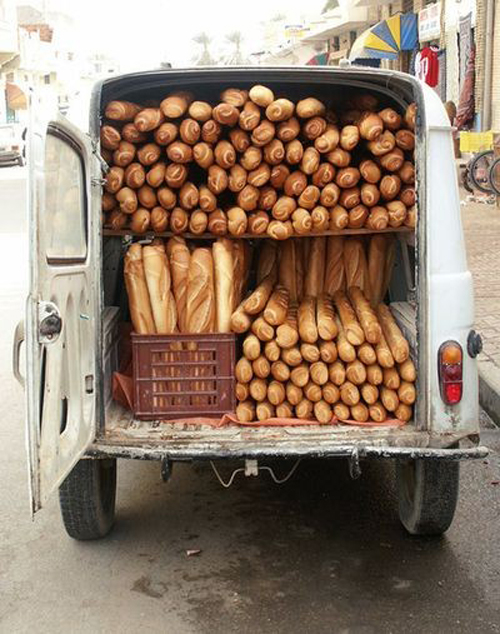Spice vs. Herb
The main difference between herbs + spices is rather subtle. Spices tend to come from plants grown in tropical climates where as herbal plants can be grown in many climates. Most herbs come from the green parts of a plant such as the stem and leaves while most spices come from the root, seeds, bark or flowers of a plant.
A spice is the dried part of an aromatic or pungent vegetable's bark such as cinnamon, fruit such as fennel, root such as ginger, flower such as saffron (the stigma) and the seed like mustard. These substances are then dried and used for enhancing flavors in cooking + baking.
Herbs stemming from leafy greens are used mostly for finishing a dish's character in a more fresh and subtle way. Some herbs I use nearly everyday are basil, parsley + thyme.

What may first come to mind when you see the word 'spicy' is that it will burn the tongue right out of your mouth; but I assure you that is not necessarily the case. This is a topic I'm very passionate about and have written about in all my books.
Spice mixtures, are the blending of the right amount of spices to create just the right taste sensation. This ancient culinary art has been used for centuries by numerous cultures that clearly knew that using spice blends is an ideal way to season foods beyond salt + pepper. Some good examples of blends are - a Five Spice Powder (China), Curry (Indonesian), Herbs de Provence (Southern France) + Poultry Seasoning (US).
Blending spices began for me with my passion for outdoor cooking on the grill. I found that if I used a combination of dried spices it produced an appealing enhancement to foods prior to grilling.
Of course, not only using the right blends are important, but so is adding them well in advance of lighting the fire. In some cases a large piece of meat such as a Texas brisket would be seasoned some five days prior to meeting up with fire. Another benefit of rub blends is that they are salt free.
I am delighted that in today's times people are seeking out more flavorful foods in even the most simplest of meals.






